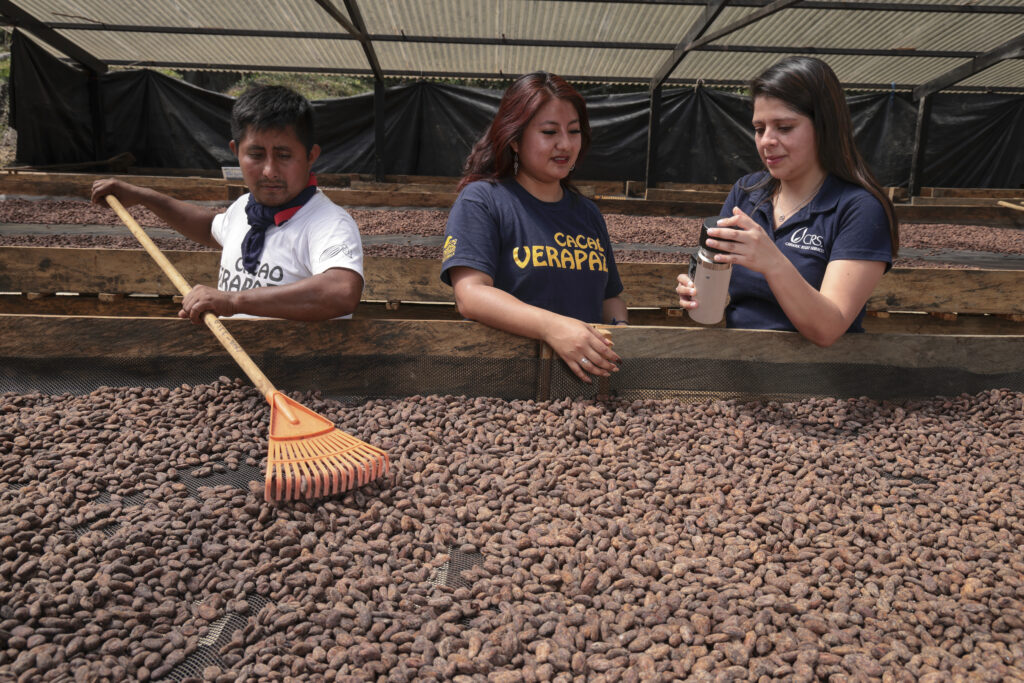
Agricultural cooperatives and small and medium-sized agricultural enterprises (SMEs) in the Global South commonly employ strategies of vertical integration. There are thousands of examples of cooperatives, across diverse geographies and crops, that participate in the production, processing and transport of agricultural goods. In many cases, these same agribusinesses also provide inputs and credit to their […]
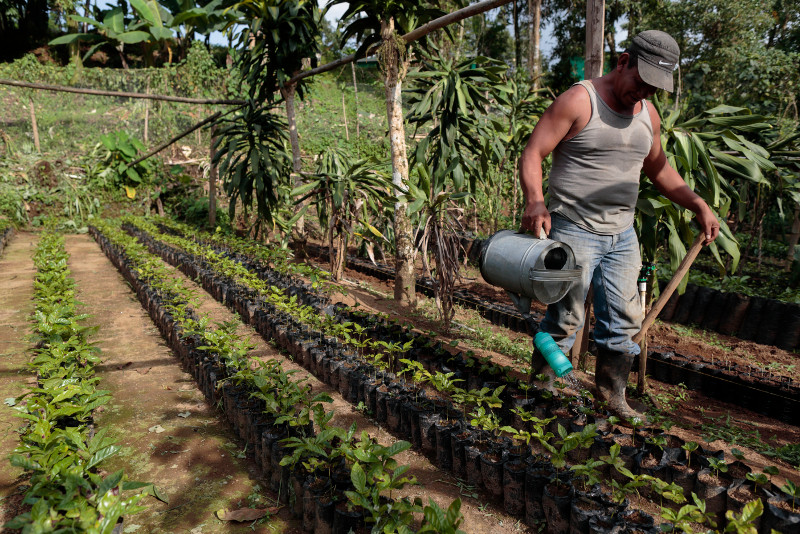
A damaging fungus, coffee leaf rust (Hemileia vastatrix), swept across the coffeelands of Central America from 2012-2014. It left withered plants and battered livelihoods in its wake. Smallholder farmers, already living on the edge, lost 30—50% of their coffee production (read: their income) in a matter of months. Food insecurity stalked the region as a […]
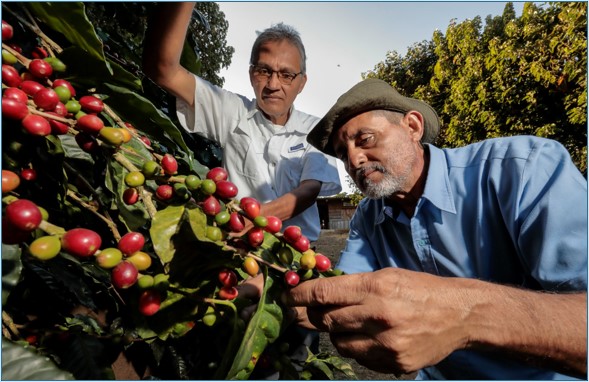
In a recent post we explained the reasons for launching the RENACER Coffee Farm Management School in El Salvador. This posts provides a bit more depth on goals and lessons related to coffee farm renovation. In 2018 we carried out social and economic studies of rural communities in western El Salvador. This same year global […]
We are so honored and grateful for SCA recognition of our RENACER Coffee School with its 2023 Sustainable Project Award! This post provides the background, purpose and results of the RENACER Coffee School since it was launched in early 2019. Why did we launch RENACER? Coffee farm renovation is an expensive but necessary investment for […]

Today we announce the launch of our new and improved website for Blue Harvest www.blueharvest.org Blue Harvest was launched at the SCAA EXPO in 2013, where we began exploring how coffee production and processing impacts on water resources. In 2014 we launched Blue Harvest as a project with this blog post, when Keurig Green Mountain […]
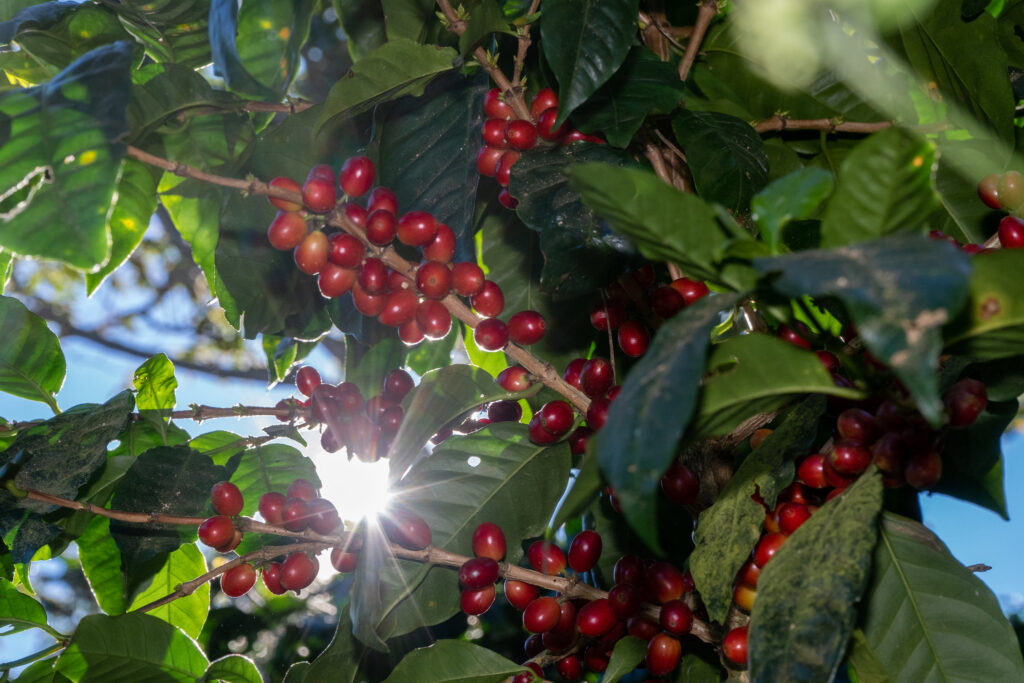
The idea of sustainability is so elusive. It is not something you ever have or get, it’s a pursuit. In the world of development, “sustainability” is the holy grail – as it should be. We want the good that projects deliver to deliver for the long-term, we want to avoid people who benefit from projects […]
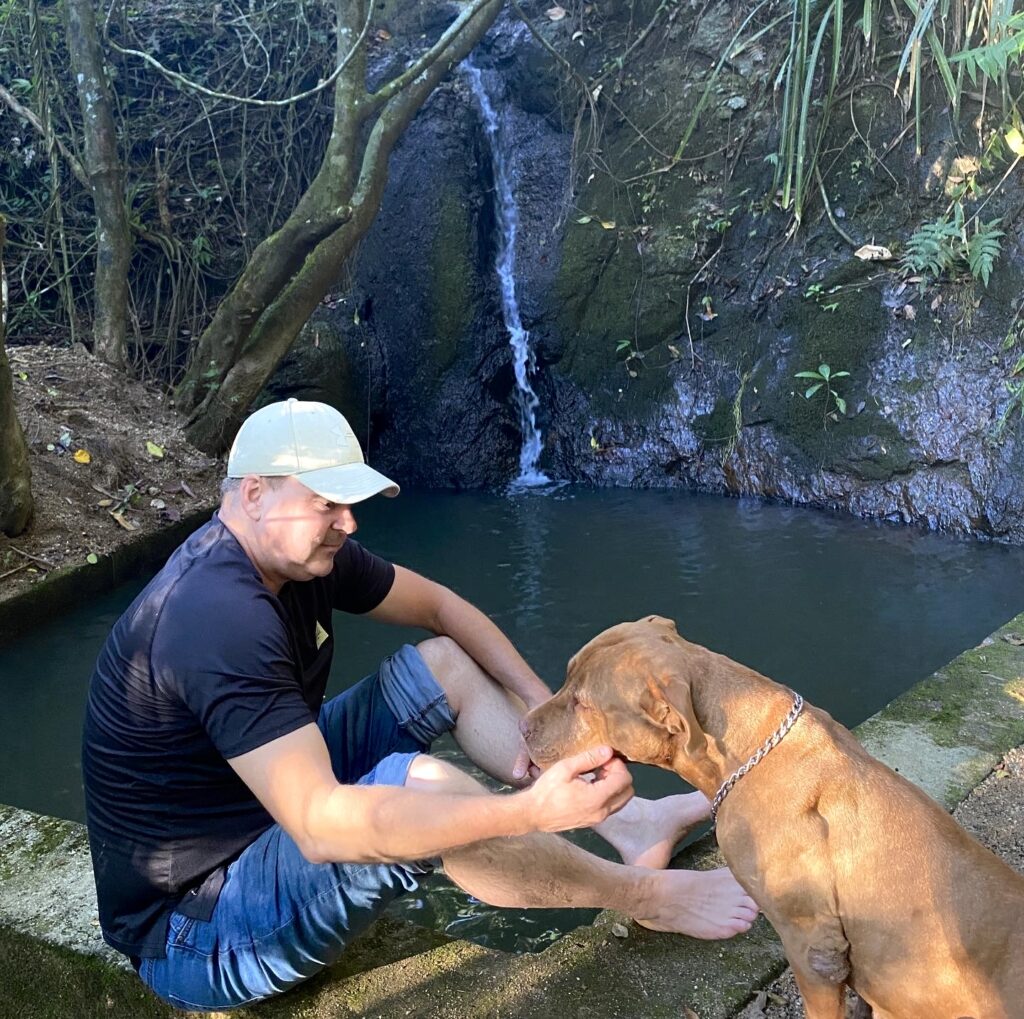
At the RENACER coffee school, we promote sustainable farming practices that are proven to increase yields, and we train farmers how to select coffee for quality. All this has led to increased incomes for farmers. Double the yields and double the price, and we quadruple incomes for many farmers. From experience, we know that healthy trees produce […]
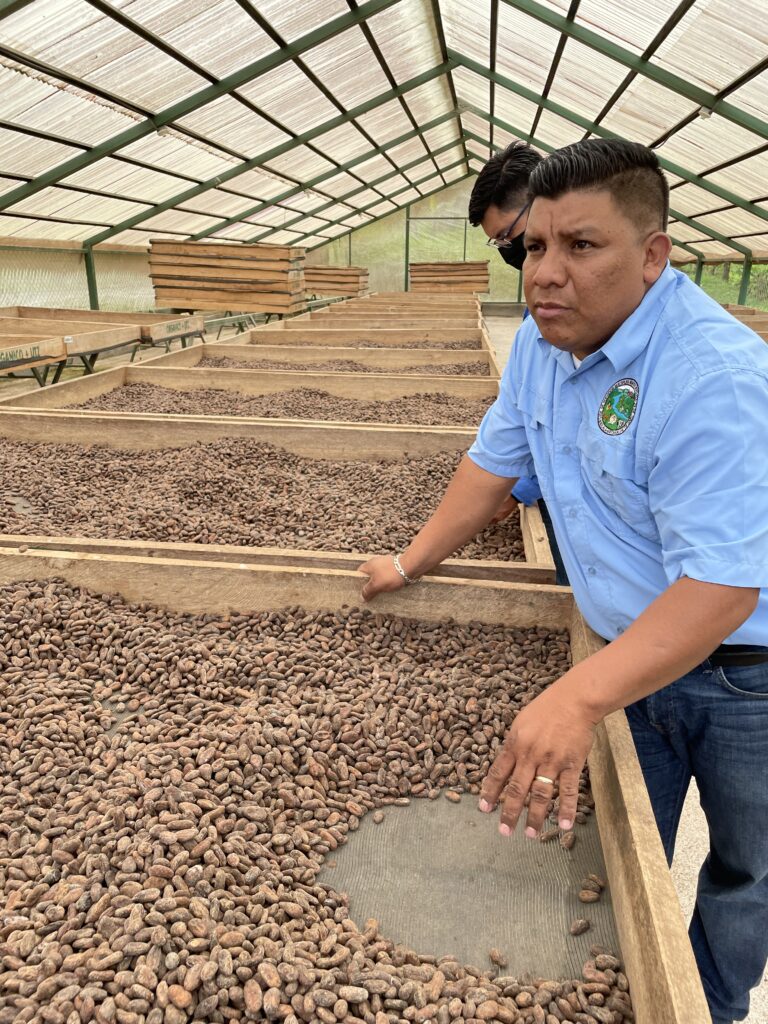
Agriculture and trade & finance have a necessary but strained relationship. This is not surprising since trade and finance are dynamic, short-cycle, growth-oriented ventures, whereas farming the land to produce food, fiber, and fuel is arduous labor that requires patience in return for incremental gains. In farming, the next drought, pest outbreak or bad harvest […]
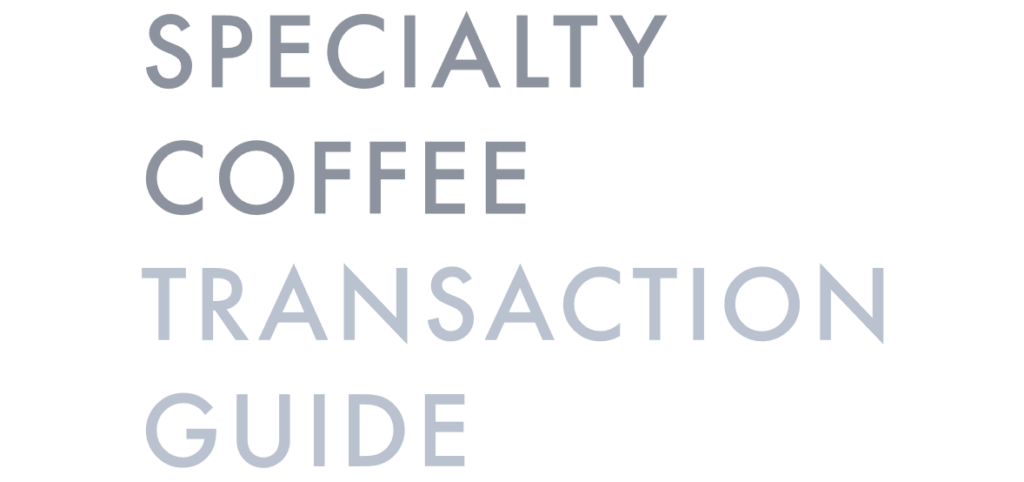
‘Why is the specialty coffee price set to the C price and the not cost of production?’ The role of the C price, the coffee commodity price used as a global benchmark,,, has been the subject of much debate for the coffee industry, especially in Specialty Coffee circles. Coffeelands itself has dedicated much ink to the issues […]
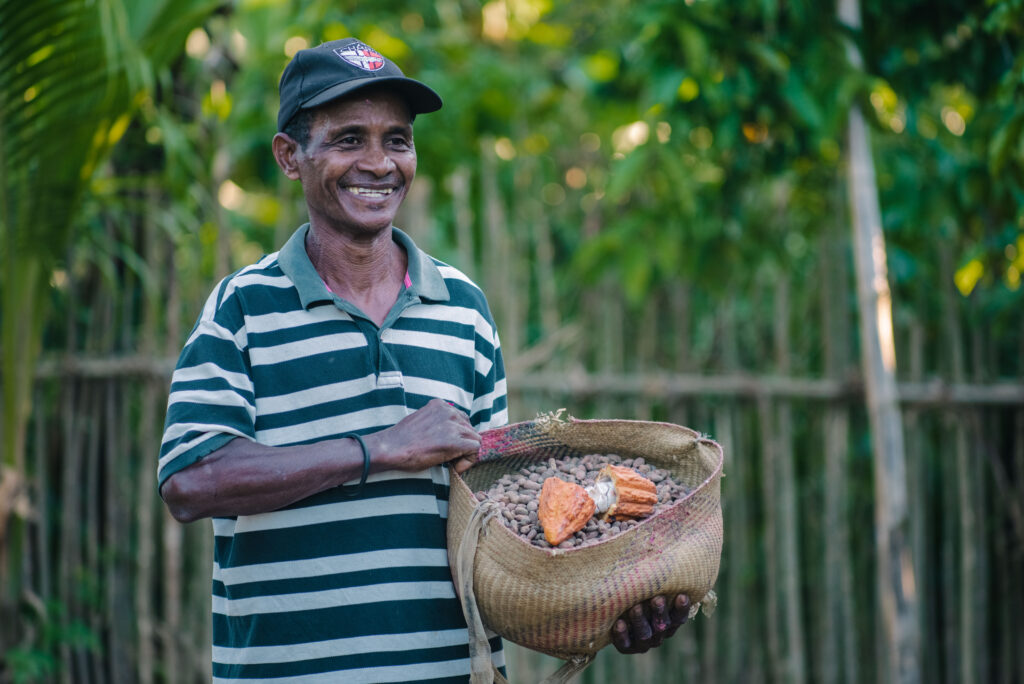
The TSIRO (Thriving/Tangible and Sustainable Investments for Land Restoration and Economic Opportunity) Alliance is the first HEARTH award worldwide. HEARTH (Health, Ecosystems and Agriculture for Resilient, Thriving Societies) is a Global Development Alliance where USAID and the private sector work together to develop and implement market-based approaches to solve development challenges. TSIRO is a unique program, bringing development […]